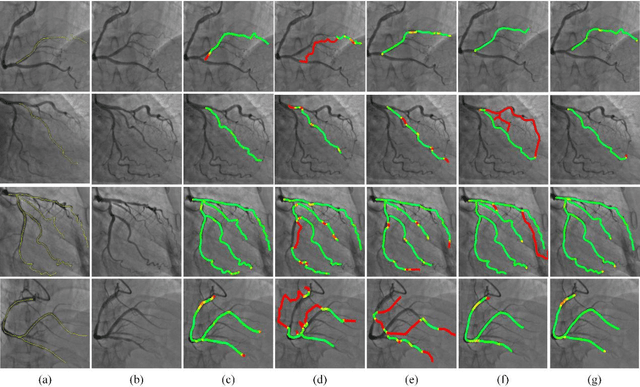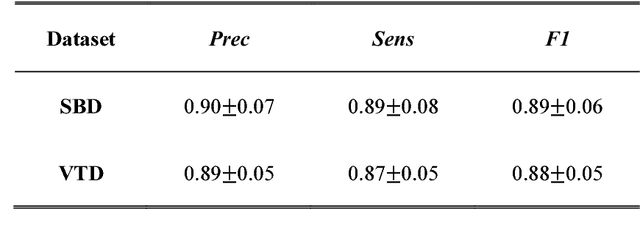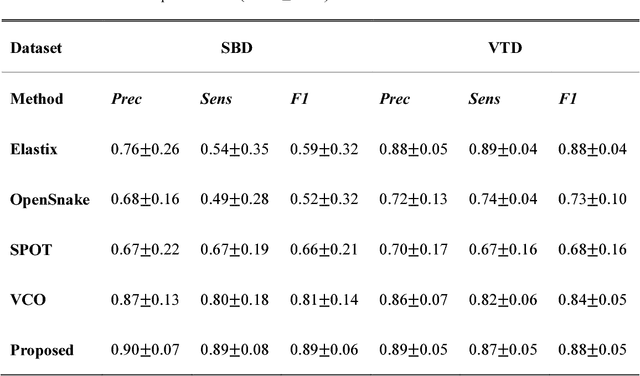Greedy Graph Searching for Vascular Tracking in Angiographic Image Sequences
Paper and Code
May 25, 2018



Vascular tracking of angiographic image sequences is one of the most clinically important tasks in the diagnostic assessment and interventional guidance of cardiac disease. However, this task can be challenging to accomplish because of unsatisfactory angiography image quality and complex vascular structures. Thus, this study proposed a new greedy graph search-based method for vascular tracking. Each vascular branch is separated from the vasculature and is tracked independently. Then, all branches are combined using topology optimization, thereby resulting in complete vasculature tracking. A gray-based image registration method was applied to determine the tracking range, and the deformation field between two consecutive frames was calculated. The vascular branch was described using a vascular centerline extraction method with multi-probability fusion-based topology optimization. We introduce an undirected acyclic graph establishment technique. A greedy search method was proposed to acquire all possible paths in the graph that might match the tracked vascular branch. The final tracking result was selected by branch matching using dynamic time warping with a DAISY descriptor. The solution to the problem reflected both the spatial and textural information between successive frames. Experimental results demonstrated that the proposed method was effective and robust for vascular tracking, attaining a F1 score of 0.89 on a single branch dataset and 0.88 on a vessel tree dataset. This approach provided a universal solution to address the problem of filamentary structure tracking.
 Add to Chrome
Add to Chrome Add to Firefox
Add to Firefox Add to Edge
Add to Edge